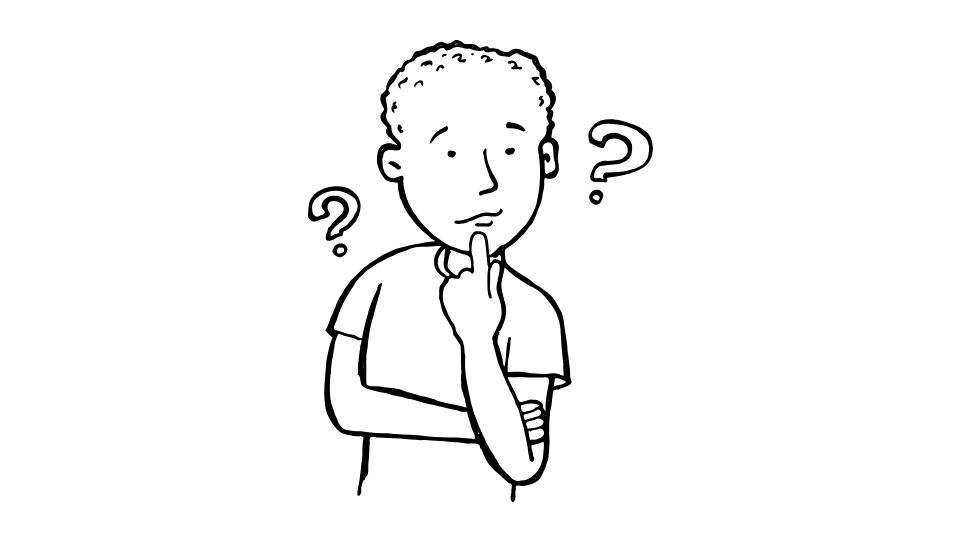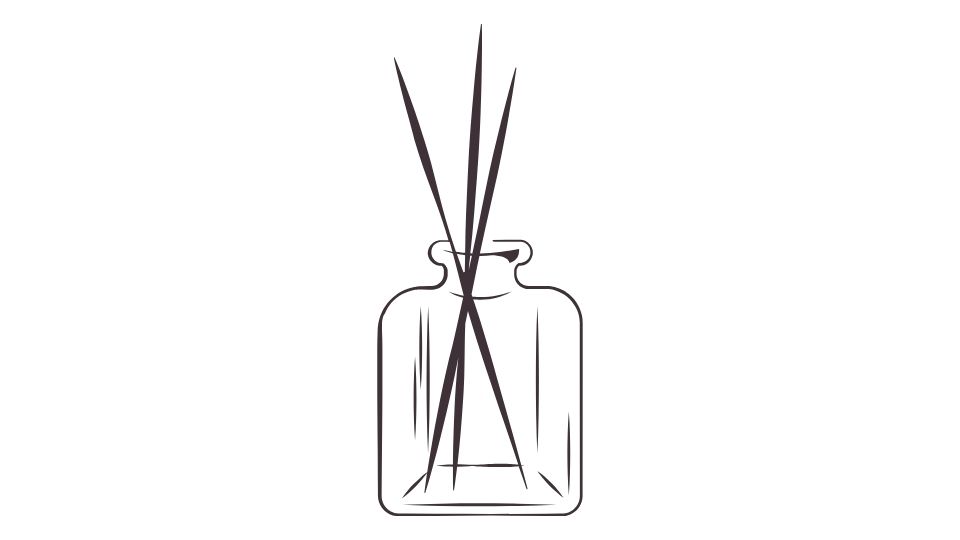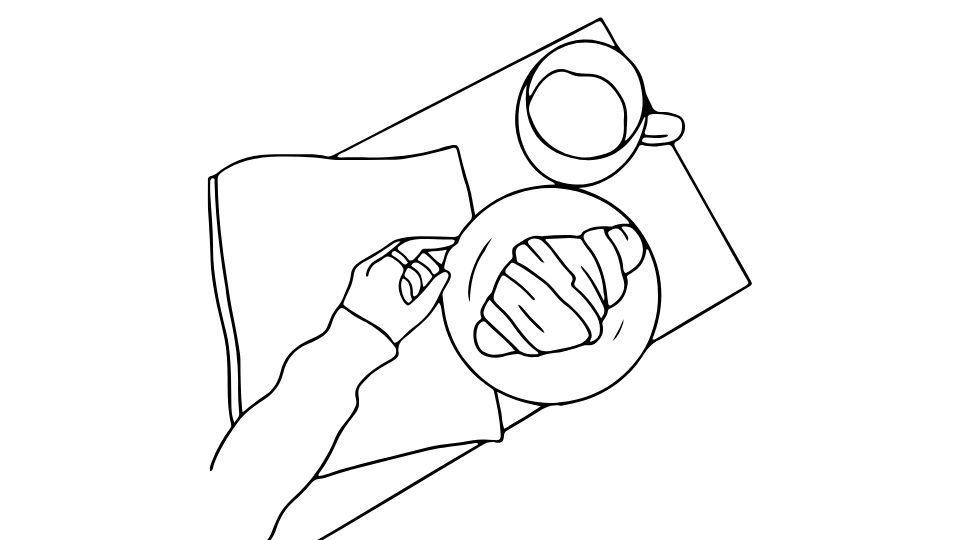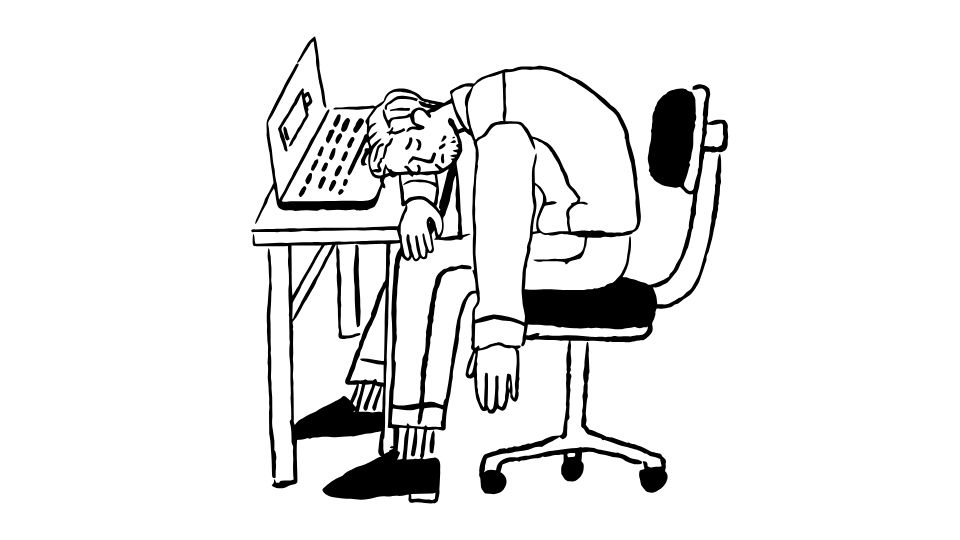How to Build Resilience When Life Keeps Knocking You Down

Life feels like an endless barrage of challenges sometimes, doesn’t it? One crisis fades just as another emerges. In our hyper-connected, always-on world, the ability to bounce back isn’t just nice to have—it’s essential for survival.
The good news? Resilience isn’t something you’re born with or without. It’s a skill you can build, like a muscle. And just like physical strength, the more you work at it, the stronger you get.
So let’s talk about how to become more resilient—without the fluffy, impractical advice. Here’s my practical guide to becoming mentally tougher and bouncing back faster when life knocks you down.
Building Resilience: A No-BS Guide to Getting Mentally Tougher
Skip ahead:
- Mindset shifts that actually work
- Practical daily habits
- When things get really tough
- My personal resilience toolkit
Mindset Shifts That Actually Work

Embrace the “this is temporary” mindset
When you’re in the middle of a crisis, it feels like it’ll never end. But remember: nothing lasts forever—not even your worst problems.
The next time you face a challenge, try saying: “This is temporary. I’ve survived 100% of my worst days so far.”
This isn’t toxic positivity—it’s just math. Whatever you’re facing will eventually change or end. Research from the American Psychological Association shows that viewing challenges as temporary rather than permanent is a key factor in resilience.
Adopt the “what can I control?” filter
Resilient people don’t waste energy on things beyond their control. Instead, they focus on what they can influence.
Try this: When facing a problem, draw a circle. Inside, list everything you can control. Outside, list what you can’t. Then focus ONLY on what’s inside the circle.
Example from my life: When I got laid off unexpectedly, I couldn’t control the company’s decision, but I could control:
- How I spent my newfound time
- Who I reached out to for support
- How I updated my resume
- What skills I developed while job hunting
See setbacks as data, not failure
The most resilient people view failures as information, not identity.
When something doesn’t work out, ask: “What can I learn from this?” instead of “Why does this always happen to me?”
This isn’t just feel-good advice—it’s backed by research on growth mindset. People who see challenges as opportunities to learn recover faster from setbacks.
Practical Daily Habits That Build Resilience

Build your emotional awareness
You can’t manage what you don’t measure. Most of us walk around on emotional autopilot, reacting without understanding why.
Try this emotional check-in: Set a timer 3 times daily to ask:
- What am I feeling right now?
- Where do I feel it in my body?
- What triggered this feeling?
This practice helps you catch emotional reactions before they spiral. According to research from Harvard Health, simply naming your emotions can reduce their intensity.
Practice strategic self-care (not the Instagram kind)
Real self-care isn’t just bubble baths and wine nights. It’s about maintaining your basic functioning systems.
Non-negotiable self-care includes:
- Sleep: 7-9 hours consistently
- Movement: 30+ minutes daily
- Nutrition: Real food, mostly plants
- Hydration: Half your body weight in ounces daily
- Boundaries: Saying no to what drains you
When I neglect these basics, my resilience tanks. When I maintain them, I can handle almost anything.
Create a “resilience routine”
The best time to build resilience is before you need it.
My daily resilience routine:
- 5 minutes of breathing exercises
- Writing down 3 things I’m grateful for
- 20 minutes of physical movement
- Reading something that challenges my thinking
According to Johns Hopkins Medicine, these kinds of practices actually change your brain structure over time, making you naturally more resilient.
When Things Get Really Tough

Access your “resilience resume”
We all have a history of overcoming challenges—even if we forget it when times get tough.
Create a list of hard things you’ve already survived. Mine includes:
- Moving across the country alone
- Recovering from a major injury
- Building a business from scratch
- Getting through a painful breakup
When new challenges arise, review your list and remind yourself: “I’ve done hard things before. I can do this too.”
Find your resilience role models
Who do you know who handles adversity well? Study them like a scientist.
I have a friend who lost everything in a house fire and rebuilt her life with remarkable grace. I’ve asked her specifically how she maintained her perspective during that time, and now apply her strategies to my own challenges.
You don’t need to reinvent resilience. Find people who have it and learn from them.
Use the “future self” technique
When you’re in the middle of a crisis, it’s hard to see beyond it. Try this mental trick:
Imagine yourself 1 year from now, looking back on this challenge. What would your future self tell you about:
- What really matters about this situation
- What you’ll learn from this experience
- How this will shape you for the better
This technique, recommended by many clinical psychologists, creates psychological distance that helps you see challenges more objectively.
My Personal Resilience Toolkit

After years of working on this skill, here’s what works best for me:
The 10-10-10 rule
When facing a challenge, I ask myself:
- How will I feel about this in 10 minutes?
- How will I feel about this in 10 months?
- How will I feel about this in 10 years?
This instantly puts problems in perspective. Most things that seem catastrophic today won’t even be memories in 10 years.
The “what’s the worst that could happen?” exercise
For anxiety-producing situations, I mentally play out the worst-case scenario—then make a plan for how I’d handle it.
This paradoxically reduces anxiety because:
- The worst case is rarely as bad as my imagination suggests
- Having a contingency plan gives me confidence
The gratitude reset
When everything feels terrible, I force myself to list 5 things that are still good.
This isn’t about toxic positivity—it’s about accurate thinking. Even in my darkest moments, I still have clean water, a functioning body, and people who care about me. Remembering this resets my perspective.
Building resilience isn’t about becoming superhuman or never feeling pain. It’s about recovering faster, learning from challenges, and maintaining your core self even when life gets tough.
The next time you face a challenge, remember: your capacity to handle it is probably greater than you think. And with practice, that capacity will only grow stronger.

